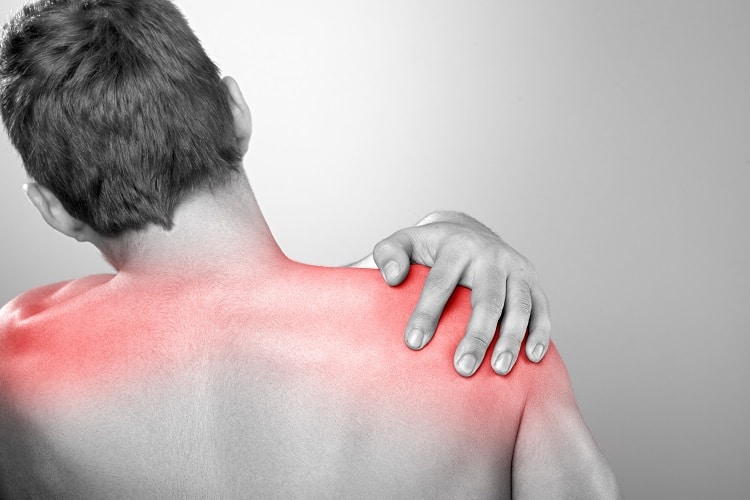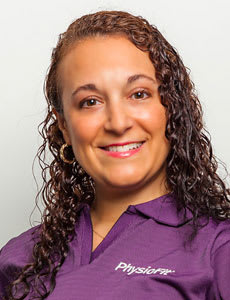 By creating a pathway from the brain to the limbs, nerves make muscles move and allow skin to feel sensations, including pain, temperature and pressure. A blocked, or “trapped,” pathway can impede the nerves’ normal processes, resulting in pain or reduced mobility.
By creating a pathway from the brain to the limbs, nerves make muscles move and allow skin to feel sensations, including pain, temperature and pressure. A blocked, or “trapped,” pathway can impede the nerves’ normal processes, resulting in pain or reduced mobility.
Nerves get trapped for a number of reasons, each of which creates its own unique set of symptoms in different parts of the body. For example, scar tissue that forms after back surgery is a frequent cause of nerve entrapment. Injury, swelling, constriction and arthritis are also culprits. Common conditions like sciatica (often caused by nerve compression from bulging spinal discs), felt in the lower back and legs, and carpal tunnel syndrome (causing pain in the wrist) result from pinched or trapped nerves.
Symptoms of a trapped nerve can be felt in many parts of the body, sometimes in the form of “referred pain” (for example, feeling the symptoms in your legs when the nerve compression is in your back). These include:
• Numbness or weakness
• Pins and needles
• Burning sensations
• Feeling of electrical “shock”
• Radiating pain
After diagnosing the location of the nerve entrapment, your doctor may ask you to wear a splint or other restraint to allow the nerve to heal. The usual treatment, however, includes rest, nonsteroidal anti-inflammatory medications and physical therapy to “release” the nerve.
We can design an exercise regimen involving joint and muscle mobilization, which helps to reduce swelling and inflammation of the surrounding tissues and can increase the space around the compressed nerve to alleviate pain. The good news is that, despite the uncomfortable effects of a trapped nerve, early intervention often can keep it from being more than a temporary problem.
 ABOUT THE AUTHOR
ABOUT THE AUTHOR
Kim Gladfelter, MPT, OCS, FAAOMPT
Women's Health Physical Therapy Specialist at PhysioFit Physical Therapy & Wellness
Kim Gladfelter is a physical therapist, Pilates instructor, educator, author, and co-founder of PhysioFit Physical Therapy & Wellness. She is known as a keen, well-rounded expert of healing through movement and women’s health specialist in the Silicon Valley area.
Kim has helped men and women of all ages to stay active and feel their best. She also writes about managing pain in her health columns, blogs and the local Los Altos Town Crier newspaper as well as reaches out to the local community, support groups, schools, libraries, and sports centers to advise and educate on body awareness and therapeutic exercise.

 Los Altos, CA
Los Altos, CA
